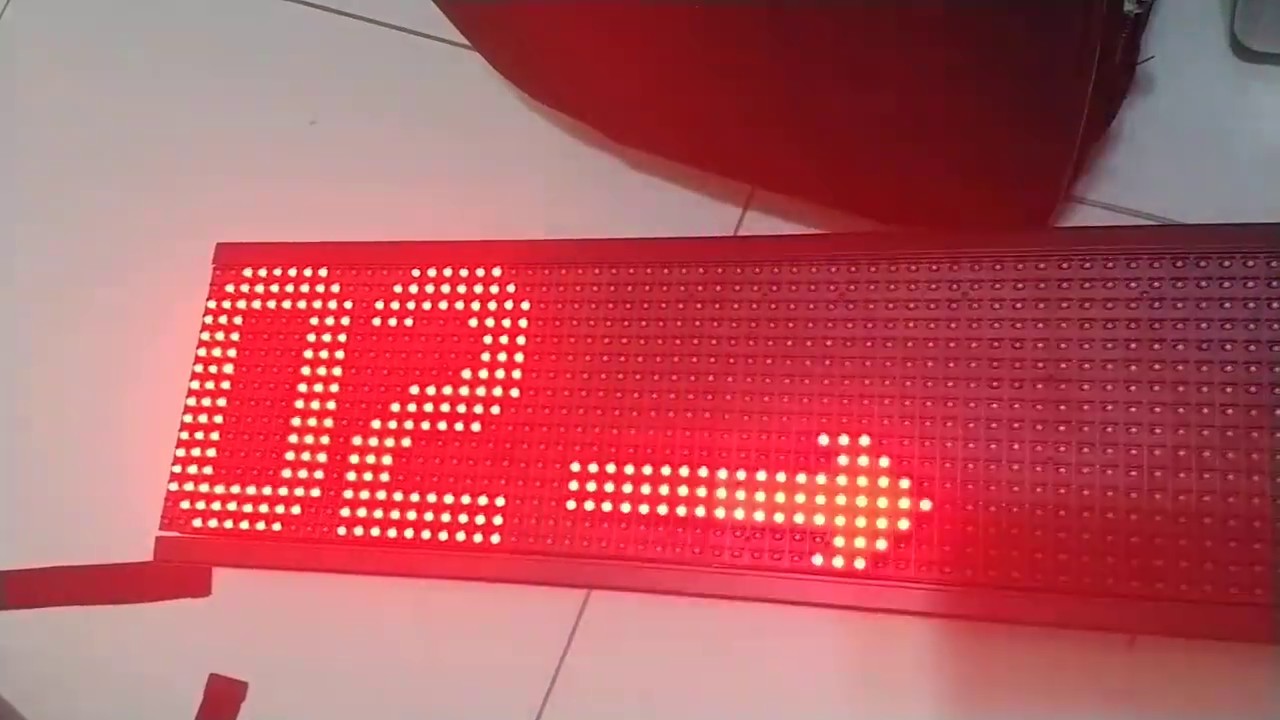Hi,
I tried my first nodemcu + dmd2 combination for the very first time. It all seems to work well, but... The brightness is VERY low...
I have used it with a DUE before, which is also 3volts, so I hope that's not it
I tested with the original controller and it burns my brain indoors, so the power and leds are ok.
It is a little bit brighter than without the external power, so that's connected.
It displays what's supposed to display, so I have no idea..
Here;s how the code looks, please help! ![]()
Thank you!
// copied from Control LED Screen Panel with Wemos d1 mini | by Tharindu Darshana Peiris | Medium
#include <SPI.h>
#include <DMD2.h>
#include <fonts/Arial14.h>
/*P10 led pannel pins to ESP 8266
A D0
B D6
CLK D5
SCK D3
R D7
NOE D8
GND GND
*/
int i = 0;
const uint8_t *FONT = Arial14;
SPIDMD dmd(2, 1); // Number of P10 panels used X, Y // change the “SPIDMD”, this is very important to change this ESP8266 module
DMD_TextBox box(dmd, -4, 0, 32, 16); // x, y change text posistion [ Set Box (dmd, x, y, Height, Width)]
const char *MESSAGE = "ABCD";
void setup() {
Serial.begin(11500);
dmd.setBrightness(255); // Set brightness 0–255
dmd.selectFont(FONT); // Font used
dmd.begin();
}
void loop() {
scrolling();
}
void scrolling() {
const char *next = MESSAGE;
while (*next) {
dmd.clearScreen();// clear screen
if (i != 0) {
box.print(*next); //print the led pannel
}
i++;
delay(800); // letters speed changing
next++;
}
}
